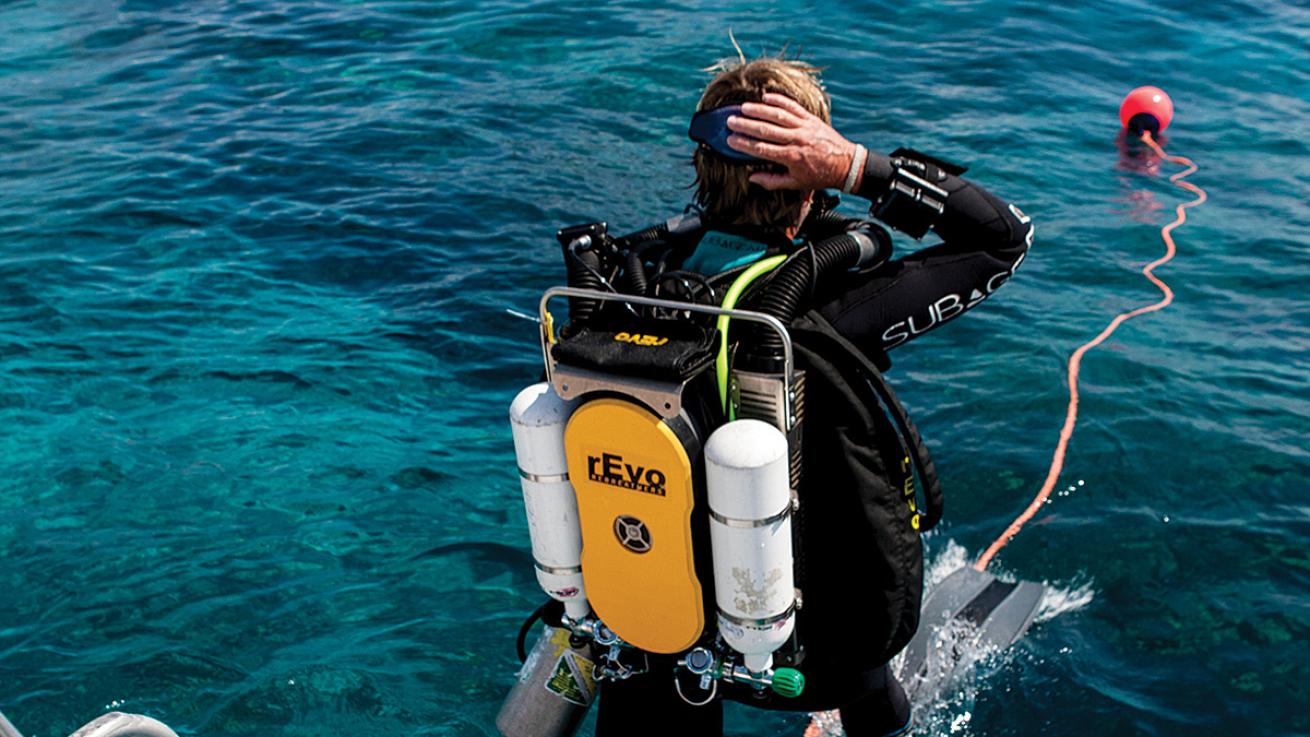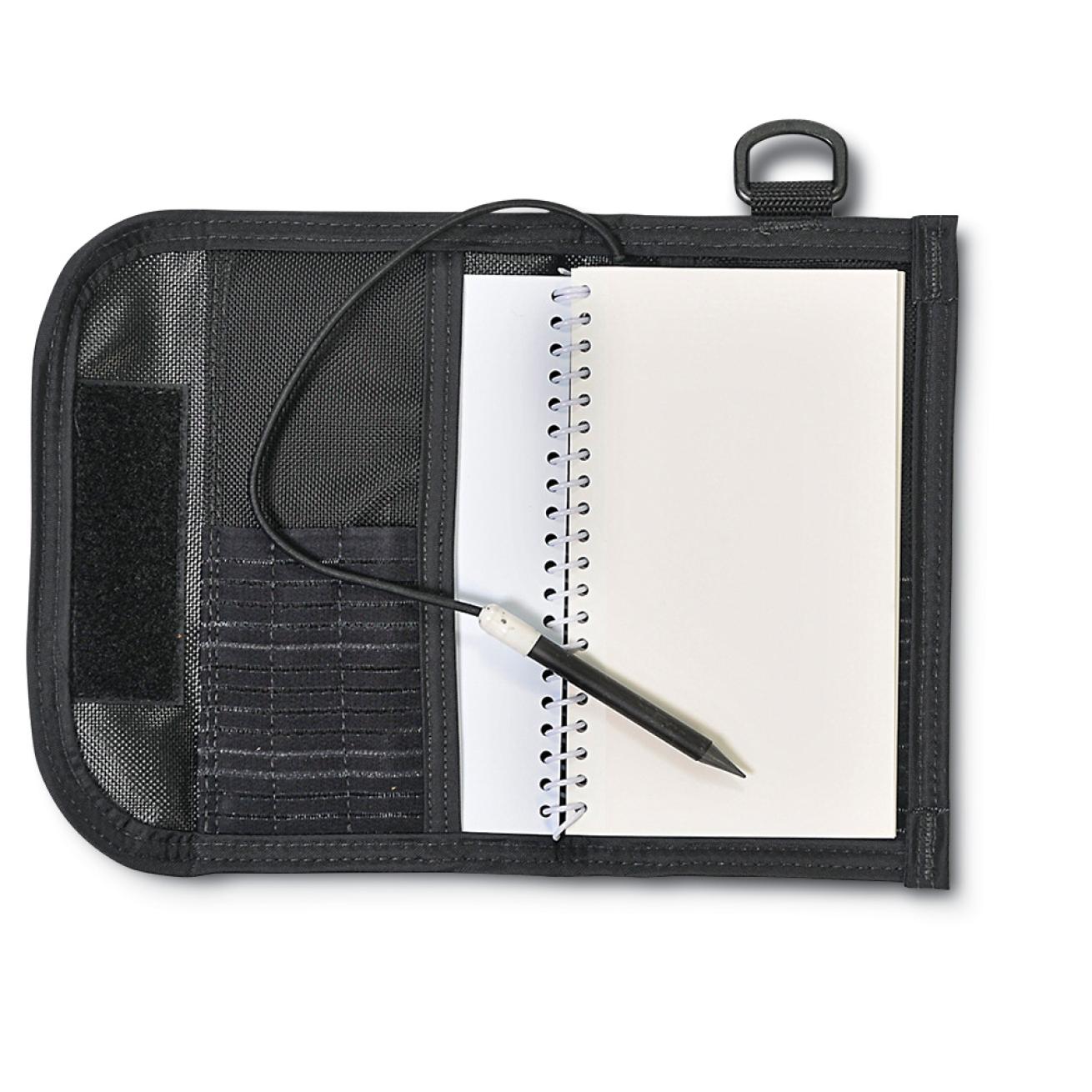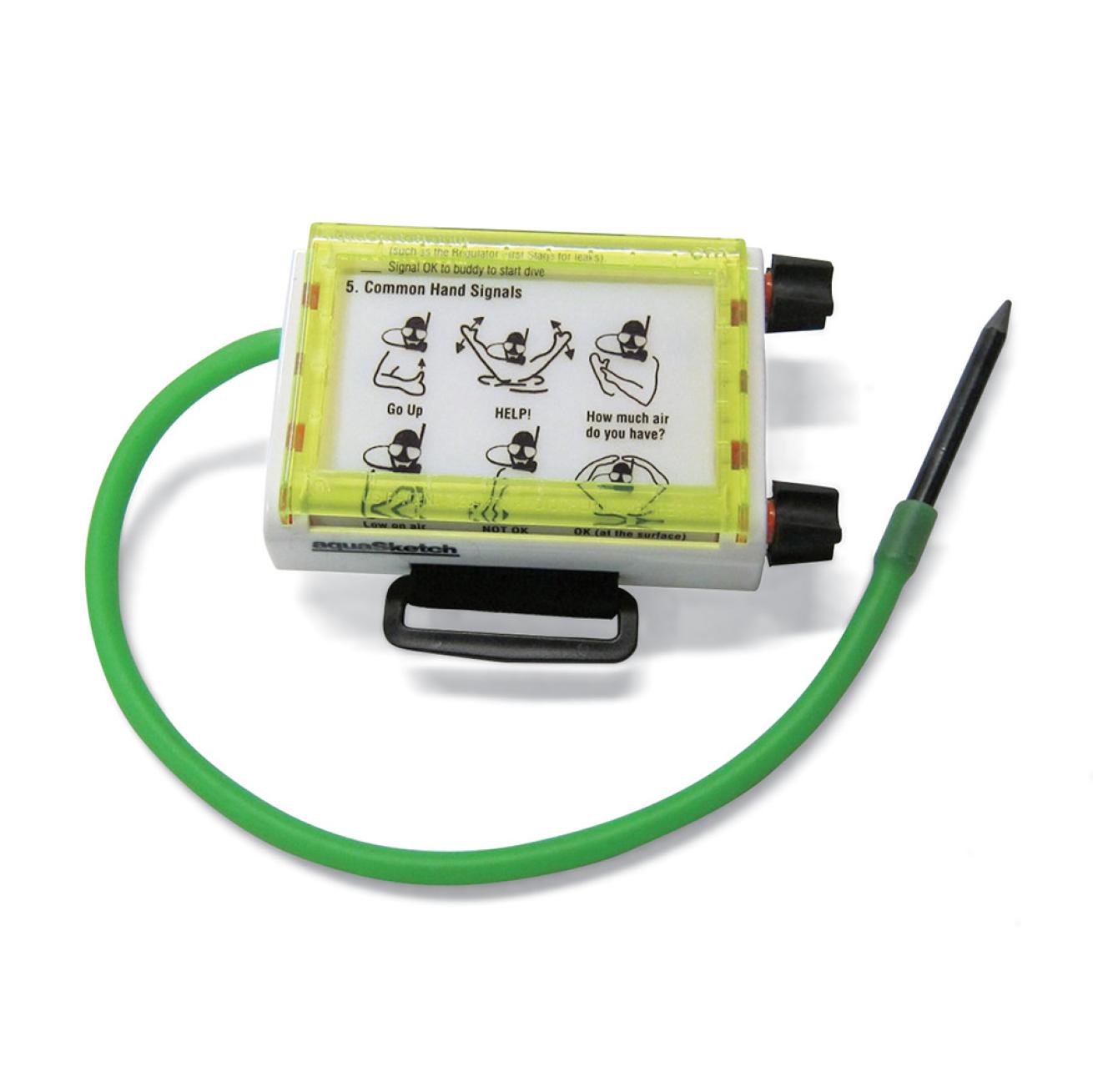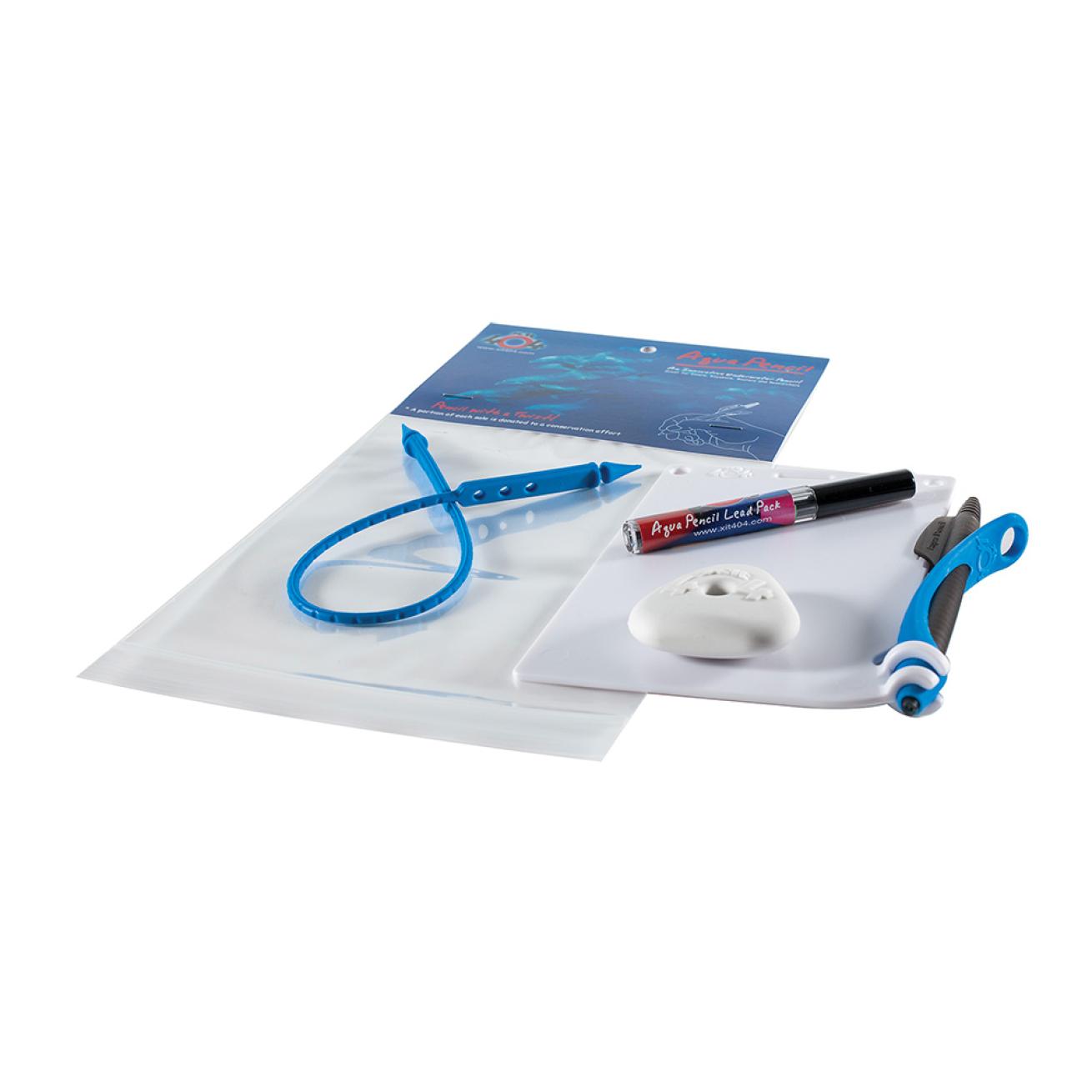How To Improve Scuba Diving Safety with Checklists

Stephen Frink Collection/Alamy Stock PhotoChecklists help you stay organized, reduce stress and improve safety.
Underwater is the last place you want to be distracted. For divers, meticulous organization and thoughtful preparation can be the difference between the stressful smack of trouble and the soothing caress of success. Creating a checklist for complicated, commonplace tasks, such as packing, kitting up and maintaining your gear, provides considerable advantages, from saving time and preventing anxiety to avoiding accidents and increasing diver confidence. It’s a tool technical divers and experienced instructors utilize and recommend, for very good reasons.
“During my certification dives in 1980, I was taught to lay out all my gear in human form so I could see at a glance if anything was missing — a good procedure — but using a checklist results in far fewer strange looks and less outright hostility on a crowded dive boat,” says Kell Levendorf, master instructor and career-development director at Rainbow Reef Dive Center in Key Largo, Florida. “As I began to age, I discovered that my memory and attention to detail were not the sure things they had been in my younger days. The checklist became the best — and only — way to make sure nothing was missed.”
“Rebreather diving made me understand the value of checklists,” says Jill Heinerth, a Canadian conservationist, underwater explorer and technical-diving instructor. “We have documented that divers who use checklists for rebreather diving are significantly less likely to suffer from an incident or accident.”
But you don’t have to be attempting a radical tec dive into the deepest, darkest unknown to benefit from a checklist. Recreational divers, especially the newly certified who are building their experience, should leverage the added safety, convenience and confidence that checklists can provide.

Dive RiteWith 28 waterproof pages and a graphite pencil, this handy notebook is housed in a tough nylon cover that offers three secure pencil sleeves and a nonslip pocket for accessories. It’s armed with daisy-chain loops for easy attachment, and a clear pocket on the back. (Dive Rite; $40)
“Complacency kills,” says Doug Ebersole, a Lakeland, Florida, cardiologist and instructor who teaches technical and rebreather diving. “Just as an airline pilot who has hundreds or even thousands of hours on a given aircraft uses a checklist before every flight, a diver with thousands of dives in their logbook still needs to have a regimented approach to each and every dive to avoid complacency.”
“Checklists help build good habits early in your diving career and prevent the ‘I don’t need a list anymore’ mindset that is an unfortunate byproduct of experience,” Levendorf says. “Take ego out of the equation, and don’t be embarrassed to pull out the list and use it.”
Focus on safety
The most important reason for employing a checklist is to increase your safety. Many common underwater mishaps occur because the diver forgot something simple. Every bit of discipline we can add to our behavior helps avoid accidents, and checklists are a cheap and effective safety net.
“I have been involved in accident analysis for numerous rebreather incidents and fatalities,” Heinerth says. “In a nutshell, we don’t find dead guys with complete checklists. The saddest one I recall was a young man who had a checklist on his workbench. Two items were checked, and then for some reason he did not finish the job, and instead jumped into shallow water to get up to date on his rebreather skills. He died due to a simple omission in preparing his unit.”

AquasketchThis wrist-mounted scroll comes with 5 feet of reusable vellum that can be prepared with checklists and notes. Plus there’s a solid-graphite writing stick attached by bungee, and an adjustable wrist strap. (Aquasketch; $39.95)
“Proactive and reactive risk management is all about mitigating errors and omissions,” Levendorf says. “Once a problem has occurred, the checklist is a defensive tool — showing that an organized set of standards was followed.”
“I stress to all of my students that using a checklist on each and every dive will force them to think about the safety aspects of the dive,” Ebersole says. “I have developed an ‘ABCD’ checklist that I use on every dive, whether recreational, technical, open-circuit or closed-circuit.”
“Checklists help foster a culture of safety among all divers,” Heinerth says. “When checklists are ‘cool,’ fewer mistakes are made, and fewer incidents and accidents occur, so be unwavering with safety protocols.”
Build your confidence
Aside from safety, one of the best results of a prudent checklist is increased confidence. The peace of mind that comes from knowing you’re organized and well-prepared will set the tone for your entire experience, from taking a dip at your favorite local dive site to traveling across the globe to experience your fantasy destination.
“A checklist ensures you will arrive at the site with all of your gear and start your dive safely,” Heinerth says. “It makes diving less stressful because you jump in the water knowing everything is ready to go.”

XIT 404This pack offers a slate, pencil, tether and eraser for those who want just the basics. You can pre-load the slate with a checklist or use it for basic underwater communication without the worry of task loading or added distraction. (XIT 404; $25)
“The best way to develop your own checklists is to get as many examples as you can find using your local dive center, your instructors, equipment manufacturers, training agencies and other reputable sources, then take all of this information and compile a personal version that is helpful to you,” Ebersole says. “I’d recommend your checklist be laminated, or written on waterproof paper or a dive slate.”
Make it convenient
Piloting with an absent mind typically leads to a crash, so developing checklists that are simple and logical will help you avoid many types of unforced errors. However, like many things that are good for us but easily ignored, adding another step or level of complexity can be a barrier we might not overcome. The key to adoption is creating as little friction as possible.
“I highly encourage making it personal,” says Heinerth, who uses checklists for rebreather preparation, equipment-repair protocols, packing for a trip, predive checks, and every other outdoor activity she enjoys. “Ensure that it is in a logical order that streamlines your preparation.”
“A verbal checklist should be short, easy to remember, and emphasize safety,” Ebersole says. “A written checklist should be one that makes sense to you and flows in a natural sequence. Also, it should be a fluid document that changes as your diving changes.”
“Try to anticipate every reasonable and likely contingency, but keep it manageable and concise,” Levendorf says. “I like devising my own mnemonic devices for short checklists — the more risqué and fun, the more memorable they will be.”
ABC — It’s Easy
Before every dive, instructor Doug Ebersole reviews this protocol in his head immediately before entering the water:
A — Air
■ Open-Circuit — Is my cylinder on? ■ Closed-Circuit — Are my oxygen, diluent and bailout cylinders on?
B — Bailout
■ Open-Circuit — Where is my alternate air source, and is it functioning? ■ Closed-Circuit — Where are my bailout regulators? Is my BOV (bailout valve) functioning?
C — Computer
■ Where is my computer? ■ Is it set correctly (air versus nitrox, open-circuit versus closed-circuit)?
D — Display
■ Open-Circuit — Look at SPG, and take a few breaths to make sure cylinder is not just pressurized but is turned on. ■ Closed-Circuit — Verify PO2 displays are breathable before putting mouthpiece in your mouth.










